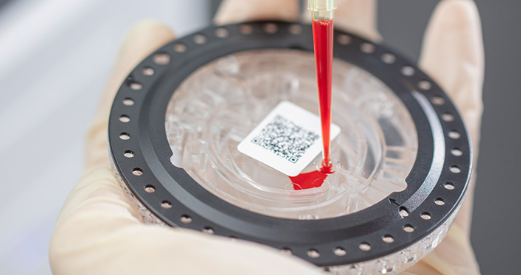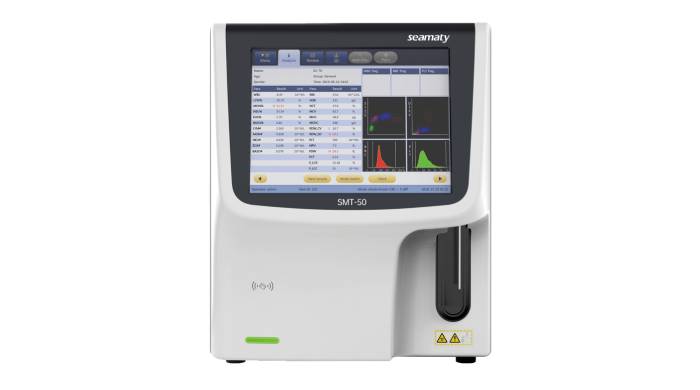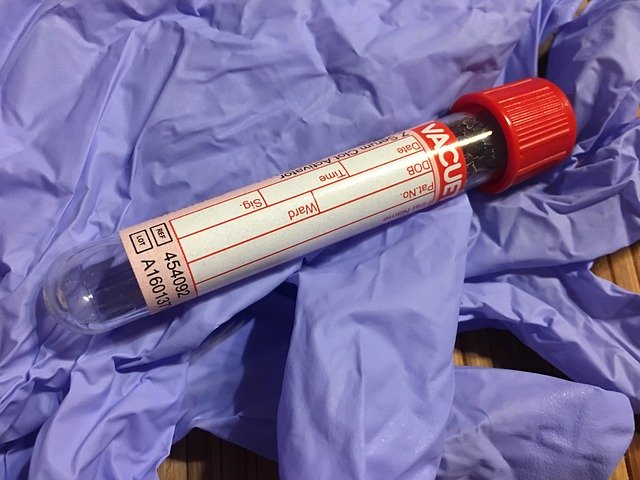release time:2022-05-23 16:32:11
Optical systems play an important role in microfluidic platforms. Various sample preparation steps on the microfluidic chip can be automated, such as sample mixing, incubation, evaporation, dilution, concentration, dosing, and extraction. Once the sample preparation is completed, it can be transported to the assay area via the chip. Optical detection methods are the most common methods used in microfluidic systems for quantitative sample detection.
Fluorescence, which is the light emitted by a substance when it absorbs light or other electromagnetic radiation, is one of the most common quantitative measurements in microfluidic systems. Fluorescence measurements involve measuring the light emitted from a sample after excitation of the sample using a light source. Filters are typically used to separate and select the characteristic band spectra of the excitation and emission fluorescence of a substance in a biomedical fluorescence test analysis system.
Optical systems are a key part of many microfluidic platforms. In some cases, the footprint of the entire platform is reduced by integrating the optical system onto the microfluidic chip. Many optical detection methods, through microfluidics, allow us to quantify or image the analytes in a sample.
The Seamaty Biochemistry Reagent Tray is a highly integrated sample handling system based on microfluidic technology for use with the Smarter Biochemistry Analyzer. The reagent tray contains integrated optical and mechanical components that are used in every stage of blood analysis, enabling a series of operations such as blood sampling, separation, dilution, reaction and testing to be performed in a small reagent tray.


2022-09-29
A CBC test machine is a type of medical equipment that is used to measure the levels of red blood cells, white blood cells, and platelets in a person's blood. This information is important in order to diagnose and treat various medical conditions.

2022-09-22
Seamaty's products are sold to Asia, Africa, Europe and America thanks to 3 core technologies: automatic calibration technology, ultrasonic welding technology and reagent lyophilization technology.

2022-07-22
Blood cell analyzer has high environmental requirements. The instrument should be far away from radiation, nuclear magnetic, radiotherapy gas pedal and other large medical equipment section to prevent the interference of electrical signals.